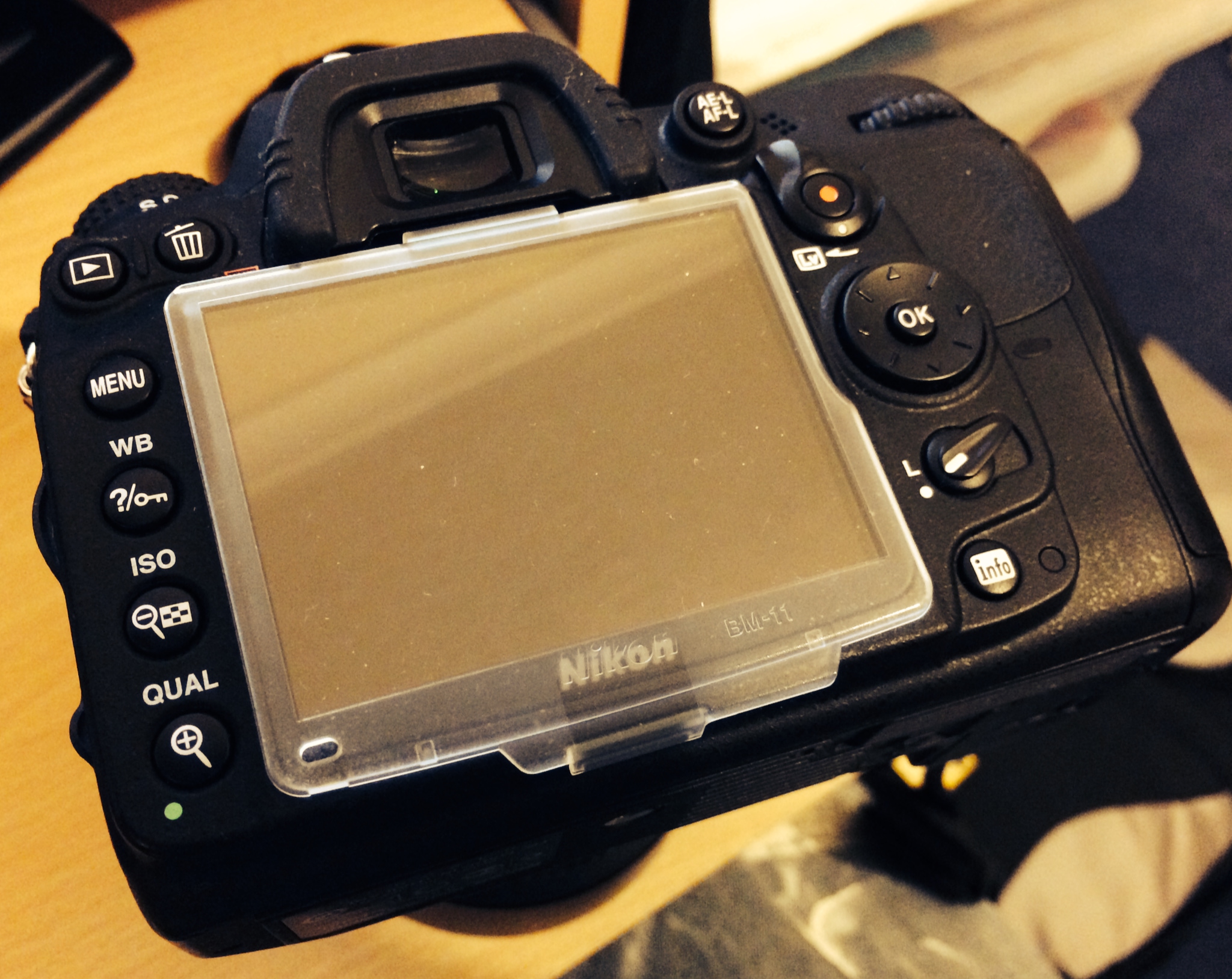Here are some photos from Anaya's 3rd birthday party.
The birthday family!
It was a lovely day, the sun was shining and there was lots of cake.
Photographing children can be challenging but generally things are a lot easier at parties. Children at parties are excited, hyper, happy and smiling. There are times when the high turns into a low but these are usually short lived. Unfortunately, the lows usually happen at key moments and usually because a child is ordered to smile or look at the camera.
I wrote a post a previously with a few tips about how to take great photos of children.
Asking a child to make a funny face always produces a great photograph!
Children have the innate ability to amuse each other!
You simply cannot beat birthday cake!



